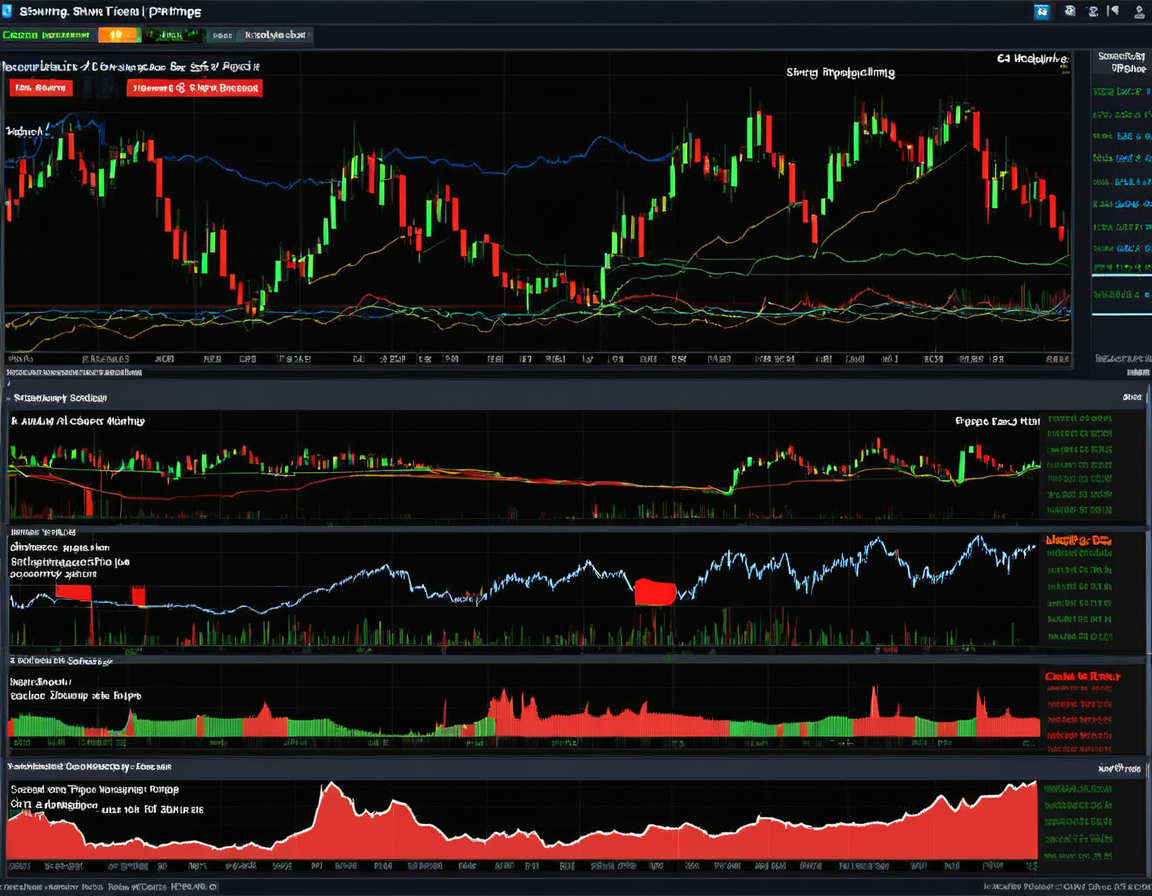How to Create a Winning Forex Trading Plan for Indian Markets
Creating a well-structured forex trading plan is critical for success, especially in the fast-paced and highly regulated Indian forex market. A trading plan not only outlines your strategies but also helps manage risks and emotions, ensuring that your trading decisions are based on logic and data rather than impulses. In this blog, we’ll walk Indian traders through the steps needed to create a winning forex trading plan that is tailored for the unique conditions of the Indian forex market in 2024.
Why You Need a Forex Trading Plan
A forex trading plan is essential for both beginners and experienced traders. It provides structure, discipline, and a clear roadmap for trading decisions. Without a plan, traders are more likely to make emotional decisions, leading to unnecessary losses. By creating a strategy based on research and predetermined rules, traders can consistently work towards their financial goals while minimizing risk.
Key Components of a Winning Forex Trading Plan
1. Setting Realistic Goals
The first step in any forex trading plan is to set clear, realistic goals. Ask yourself what you want to achieve from trading. Are you looking for short-term gains, or are you building a long-term investment portfolio? Your goals will influence your trading style, risk tolerance, and the currency pairs you focus on.
Example Goals for Indian Traders:
- Achieving a 10% return on investment by trading USD/INR over six months.
- Building a diversified forex portfolio with currency pairs like EUR/INR and GBP/INR.
- Developing trading skills by using a demo account for three months before committing real capital.
2. Choosing the Right Currency Pairs
For Indian traders, it’s crucial to focus on INR-based currency pairs. Regulatory guidelines from SEBI and RBI allow Indian traders to trade INR pairs such as USD/INR, EUR/INR, GBP/INR, and JPY/INR. Each of these pairs is influenced by different factors, such as global interest rates, geopolitical events, and economic reports. Selecting the right currency pairs that align with your goals and risk tolerance is essential.
For a full list of permitted currency pairs, refer to the SEBI Guidelines.
3. Defining Your Trading Strategy
There are various forex trading strategies that Indian traders can adopt, depending on their experience level, market outlook, and risk appetite. The most common strategies include:
- Trend Trading: Following the market’s directional movement.
- Scalping: Making quick trades to take advantage of small price changes.
- Swing Trading: Holding positions for several days or weeks to capitalize on medium-term price movements.
- Breakout Trading: Entering a trade after the price breaks through a key support or resistance level.
Your chosen strategy should be well-defined in your trading plan, including entry and exit points, position sizes, and risk management tactics.
Risk Management in Forex Trading
1. Setting a Risk-Reward Ratio
Every trade carries a risk, and successful traders know how to balance risk with potential reward. A common risk-reward ratio is 1:2, meaning that for every ₹100 you risk, you aim to make ₹200 in return. This ensures that even if some trades result in losses, the profits from successful trades can more than make up for them.
2. Using Stop-Loss and Take-Profit Orders
Stop-loss orders automatically close a trade if the market moves against you, limiting your losses. Similarly, take-profit orders close a trade once a predetermined profit level is reached. Indian traders should always use these tools to manage risk effectively, especially in volatile markets like USD/INR or GBP/INR.
For more on risk management strategies, check out Risk Management in Forex.
3. Calculating Position Size
Position sizing refers to determining how much capital to allocate to each trade based on your risk tolerance. A good rule of thumb is to risk no more than 1-2% of your total trading capital on a single trade. This ensures that no single loss will significantly affect your overall portfolio.
Monitoring and Reviewing Your Trades
1. Keep a Trading Journal
Maintaining a trading journal is an excellent way for Indian traders to track their performance over time. Record the details of each trade, including the reason for entering the trade, the entry and exit points, the outcome, and what you learned. This will help you refine your strategy and avoid repeating mistakes.
2. Review Your Plan Regularly
Market conditions change, and so should your trading plan. Indian traders should regularly review their trading plan to ensure that it remains relevant to current market conditions and personal financial goals. For example, a shift in RBI’s monetary policy could impact how you trade INR-based currency pairs, requiring adjustments to your strategy.
Tools for Creating and Managing a Forex Trading Plan
1. Zerodha
Zerodha offers one of the most popular platforms for Indian forex traders. The platform provides access to INR-based currency pairs and features a user-friendly interface for analyzing market data and executing trades.
2. Upstox
Upstox provides a robust trading platform with tools for both technical and fundamental analysis. Indian traders can use Upstox’s charting tools to develop their forex trading strategies and manage risk effectively.
3. Angel One
Angel One offers a comprehensive platform for forex traders, including research reports, educational resources, and real-time market analysis. Indian traders can use Angel One to refine their trading plan and execute trades in compliance with SEBI guidelines.
For a detailed comparison of forex brokers, visit Best Forex Brokers India 2024.
Common Mistakes to Avoid in Your Forex Trading Plan
1. Lack of Flexibility
A trading plan should be structured but not rigid. Market conditions change, and Indian traders must be flexible enough to adapt to these changes. Avoid sticking to a plan that no longer aligns with current market trends or your personal financial goals.
2. Over-Leveraging
While leverage can amplify profits, it also increases risk. Indian traders must adhere to SEBI’s leverage limits (typically 1:20) and avoid over-leveraging their positions. Always consider the downside of using high leverage.
3. Emotional Trading
Allowing emotions to dictate your trades is one of the biggest mistakes traders can make. Stick to your plan, follow the rules you’ve set, and avoid trading based on impulses. This is particularly important in volatile markets like forex, where prices can fluctuate rapidly.
Conclusion
Creating a winning forex trading plan is essential for Indian traders who want to succeed in the highly competitive forex market. By setting clear goals, choosing the right currency pairs, and using sound risk management techniques, traders can build a plan that aligns with their financial objectives. Regularly reviewing and updating the plan as market conditions change ensures that traders remain adaptable and ready for whatever the forex market brings in 2024.







